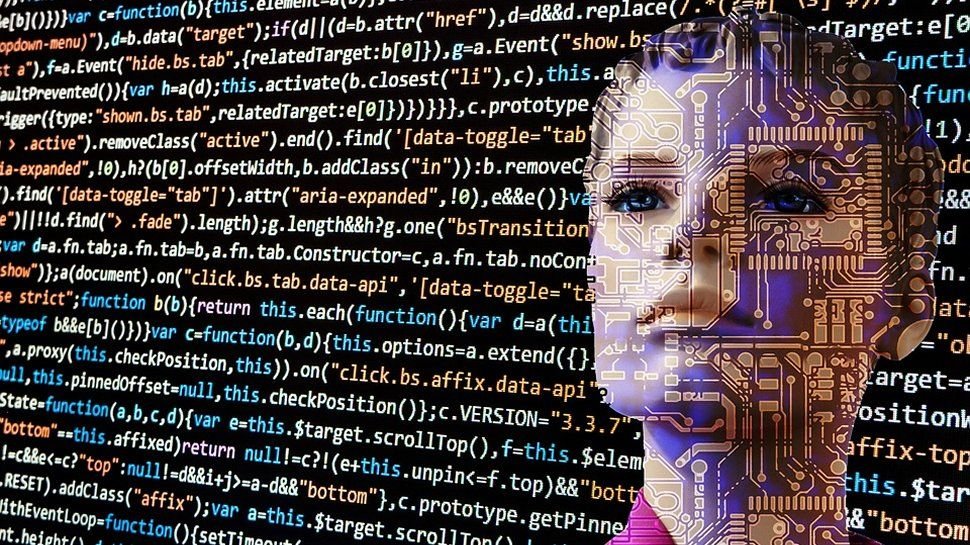

Distance learning suddenly becomes the focus of concern as schools, parents, and students move from the classroom to online learning platforms.
About the author Ajay Vij is Senior Vice President and Head of Industry - Financial Services, at Infosys. Everyone will be forced to get better at using online learning tools, but is that enough in itself? Artificial intelligence (AI) can help address the challenges teachers face when trying to teach from a distance, as well as when they return to the classroom.
Accelerate online
As the world shuts down and schools close, the internet is awash with students and teachers. This is radically changing the makeup of the online learning market, and one unintended ripple effect will be a change in the technology being developed to manage the specific needs of primary and secondary school children in the UK and around the world. all Traditional distance learning is based on a motivated and interested adult learner, and the platforms and techniques are designed primarily for the business and higher education market. Young children have different needs, and access to inspiring teachers and content to keep them engaged is paramount. Artificial intelligence technologies can help provide school-age children with the online learning they need, bringing together the best of both worlds, significantly improving long-term learning outcomes.
The edge of AI
Most teachers do not have enough time in front of their students to focus on their specific needs. In fact, most of a teacher's week is spent planning and preparing lessons, evaluating work, and data entry and analysis rather than teaching. face to face AI can help free up this time to allow teachers to focus on the students and topics where their time is most needed and most valuable. It all starts with a learner profile that can be created using machine learning techniques to automatically review student presentations, interactions, and performance. This information can be used in various ways. First, the AI can use this information to recommend specific learning content or pathways for each student, helping students fill their own personal knowledge gaps. Each student's learning plan can be tailored to their individual learning style, which can help them make faster progress compared to a large class setting with one teacher. Second, AI can also help after students have completed the learning content. There are now several companies that can use artificial intelligence and data analytics to help teachers mark work and provide helpful feedback. Bakpax, a US company that can automatically grade student work and give students immediate feedback, is one example. Students simply take a photo of their completed work and submit it. Teachers can see how their classes are progressing and which areas are struggling the most and need to be reviewed. At the macro level, this data and information can also begin to inform educational strategy. By monitoring performance and continually learning from its interactions with students, AI could be used to help update the national curriculum. It could also help identify groups of students with special needs for future public investment. But perhaps even more exciting, artificial intelligence can help teachers easily engage these children with English as a foreign language. Students already have the option of taking a course from a teacher who speaks a different language using a free PowerPoint plugin called Presentation Translator: it creates real-time captions while the teacher speaks. This technology can also help students with hearing loss and open up a world of learning for students beyond what is available at their individual school.
Leap
While it may sound like science fiction, all of these technologies exist and are embraced by educators around the world. The global market for AI for education is expected to reach €4 billion by 2024, with a CAGR of 45%. And yet, there's no denying that the transition to AI-powered education will be a big step for everyone involved. The key is to understand that this technology will not replace precious human teachers, but rather augment and broaden their capabilities to achieve more personalized results for all students. Indeed, COVID-19 has provided a stronger business case for schools to invest in AI for education, and perhaps UK boards will start working together more closely to share data and create solutions. This period of unexpected closure and forced e-learning is an opportunity for schools to become familiar with new technology. And when students and teachers return to school, they will bring many new digital tools and techniques with them. These will form the basis of a more digital education for future generations.

